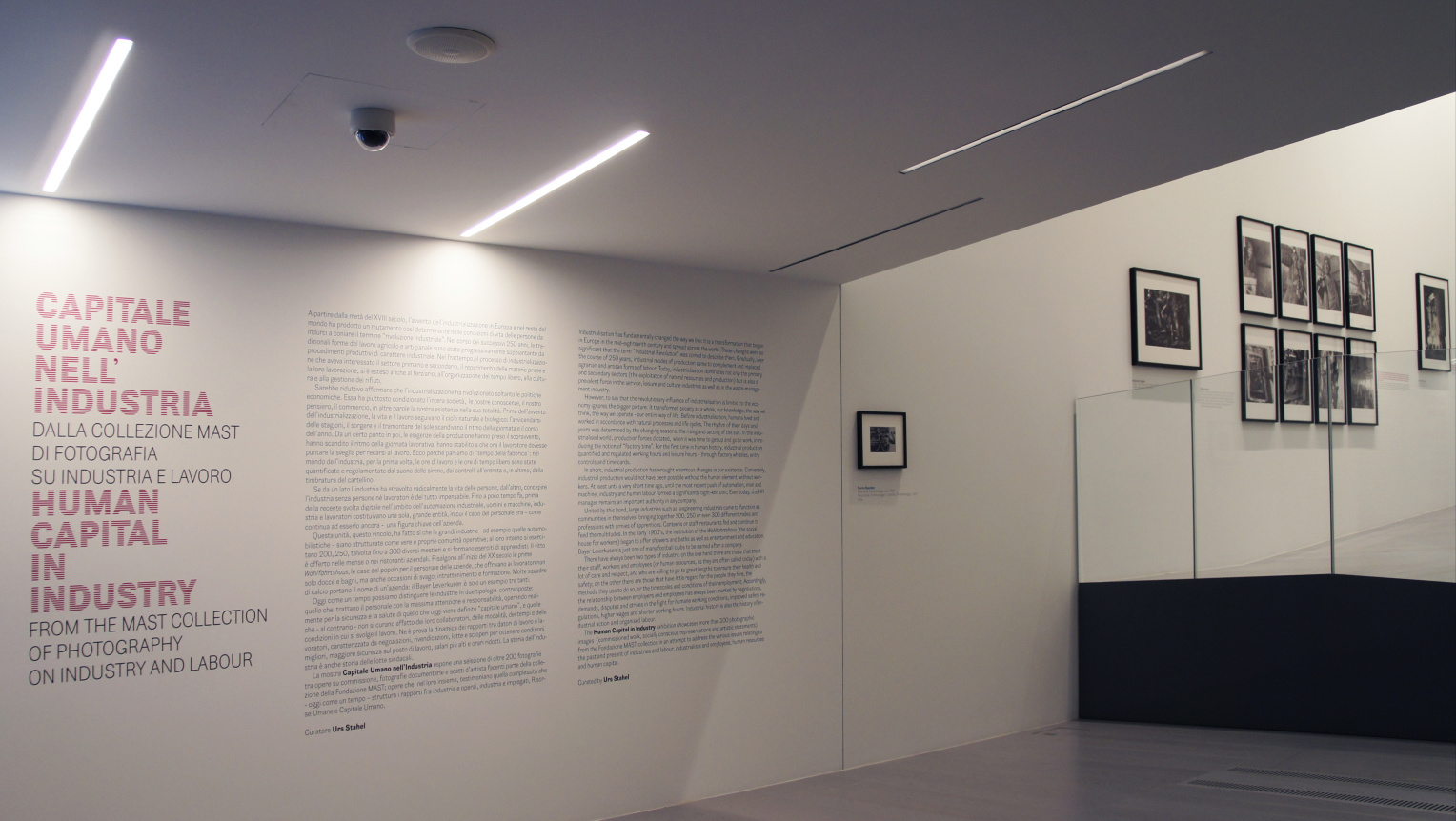Industrialisation has fundamentally changed the way we live: it is a transformation that began in Europe in the mid-eighteenth century and spread across the world. These changes were so significant that the term “Industrial Revolution” was coined to describe them. Gradually, over the course of 250 years, industrial modes of production came to complement and replace agrarian and artisan forms of labour. Today, industrialisation dominates not only the primary and secondary sectors (the exploitation of natural resources and production) but is also a prevalent force in the service, leisure and culture industries as well as in the waste-management industry.
However, to say that the revolutionary influence of industrialisation is limited to the economy ignores the bigger picture. It transformed society as a whole, our knowledge, the way we think, the way we operate - our entire way of life. Before industrialisation, humans lived and worked in accordance with natural processes and life cycles. The rhythm of their days and years was determined by the changing seasons, the rising and setting of the sun. In the industrialised world, production forces dictated, when it was time to get up and go to work, introducing the notion of “factory time”. For the first time in human history, industrial production quantified and regulated working hours and leisure hours – through factory whistles, entry controls and time cards.
Industrialisation has also changed the distance between home and work, and thus the relationship between urban and rural areas. Historically, living and working formed a unit because they happened in the same place, or at least within the same area. Industrialisation and the changes it brought to the labour market forced workers to travel further and further, or even migrate, in order to seek employment. The balance of power shifted from rural to urban areas.
On the other hand, industrialisation liberated many people by lifting the yoke of serfdom that farmers laboured under and relaxing the strict and rigid regulations artisan guilds imposed on their members. Concepts such as hygiene and progress might not have entered our vocabulary if not for industrialisation. But all these progressive developments came at a heavy price: the wealth of some was built on the impoverishment of another part of the population.
In short, industrial production has wrought enormous changes in our existence. Conversely, industrial production would not have been possible without the human element, without workers. At least until a very short time ago, until the most recent push of automation, man and machine, industry and human labour formed a significantly tight-knit unit. Even today, the HR manager remains an important authority in any company.
United by this bond, large industries such as engineering industries came to function as communities in themselves, bringing together 200, 250 or even 300 different trades and professions with armies of apprentices. Canteens or staff restaurants fed and continue to feed the multitudes. In the early 1900’s, the German institution of the Wohlfahrtshaus began to offer showers and baths as well as entertainment and education. Bayer Leverkusen is just one of many German football clubs to be named after a company.
There have always been two types of industry: on the one hand there are those that treat their staff, workers and employees (or human resources, as they are often called today) with a lot of care and respect, and are who are willing to go to great lengths to ensure their health and safety; on the other there are those that have little regard for the people they hire, the methods they use to do so, or the timescales and conditions of their employment. Accordingly, the relationship between employers and employees has always been marked by negotiations, demands, disputes and strikes in the fight for humane working conditions, improved safety regulations, higher wages and shorter working hours. Industrial history is also the history of industrial action and organised labour.
The [HR] – Human Resources in Industries exhibition showcases 254 photographic images (commissioned work, socially conscious representations and artistic statements) from the Fondazione MAST collection in an attempt to address the various issues relating to the past and present of industries and labour, industrialists and employees, human resources and human capital.
It shows men (and the occasional woman) at work in mines, in the metal and machine industries, in textile mills, building transport routes – roads, railway lines, ships – and generating energy. 19th century work processes are compared with those of the 20th and 21st centuries. Real-life working conditions in the Western world are pitted against the euphoric vision of work in the Soviet Union. Hierarchies – from blue collar to white collar to engineers, executives, management and company owners – are made visually salient. But the photographs on display also address topics such as the commute from home to work and back again, health and safety issues and the concept of (working) time, which was structured once and for all by the forces of industrialisation. Again and again, social progress only came as the result of hard-won battles. Occasionally workers even had to go on strike.
Some of the photographers are anonymous, we have no idea who they were, while other images were taken by photographers employed by companies or factories. Finally, some photographers who have since become famous also took on this subject, among them Jakob Tuggener, Jacqueline Hassink, Larry Sultan/Mike Mandel, Jorge Ribalta, Jercy Lewczynski, Ugo Mulas, Brian Griffin, August Sander, Robert Doisneau, David Goldblatt, Erich Lessing, Margarete Bourke-White, photographers from the Soviet Union, the Czech photographer Josef Sudek, and many others.

